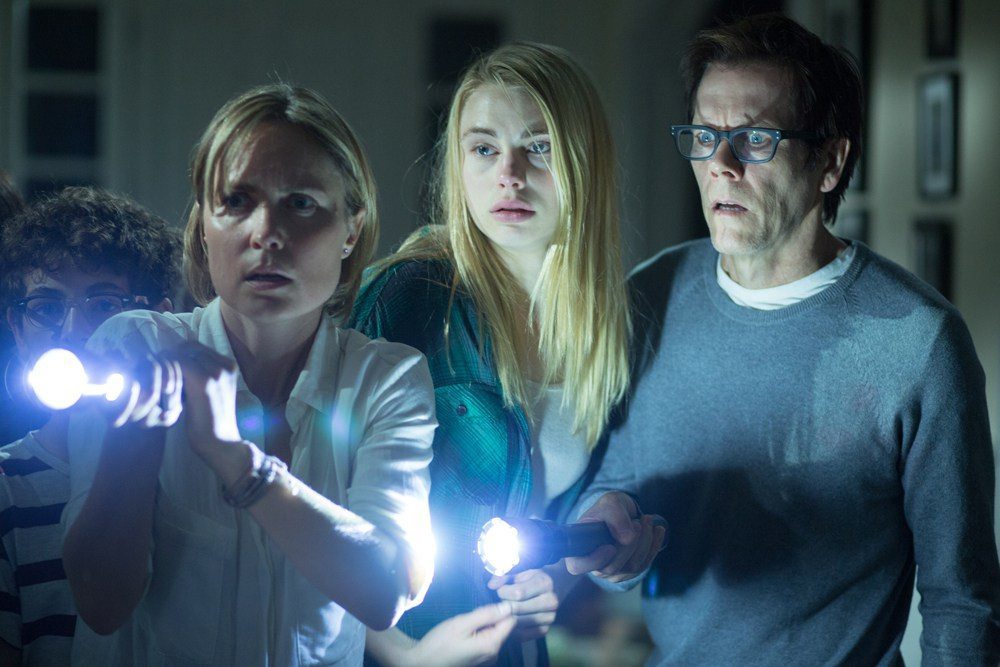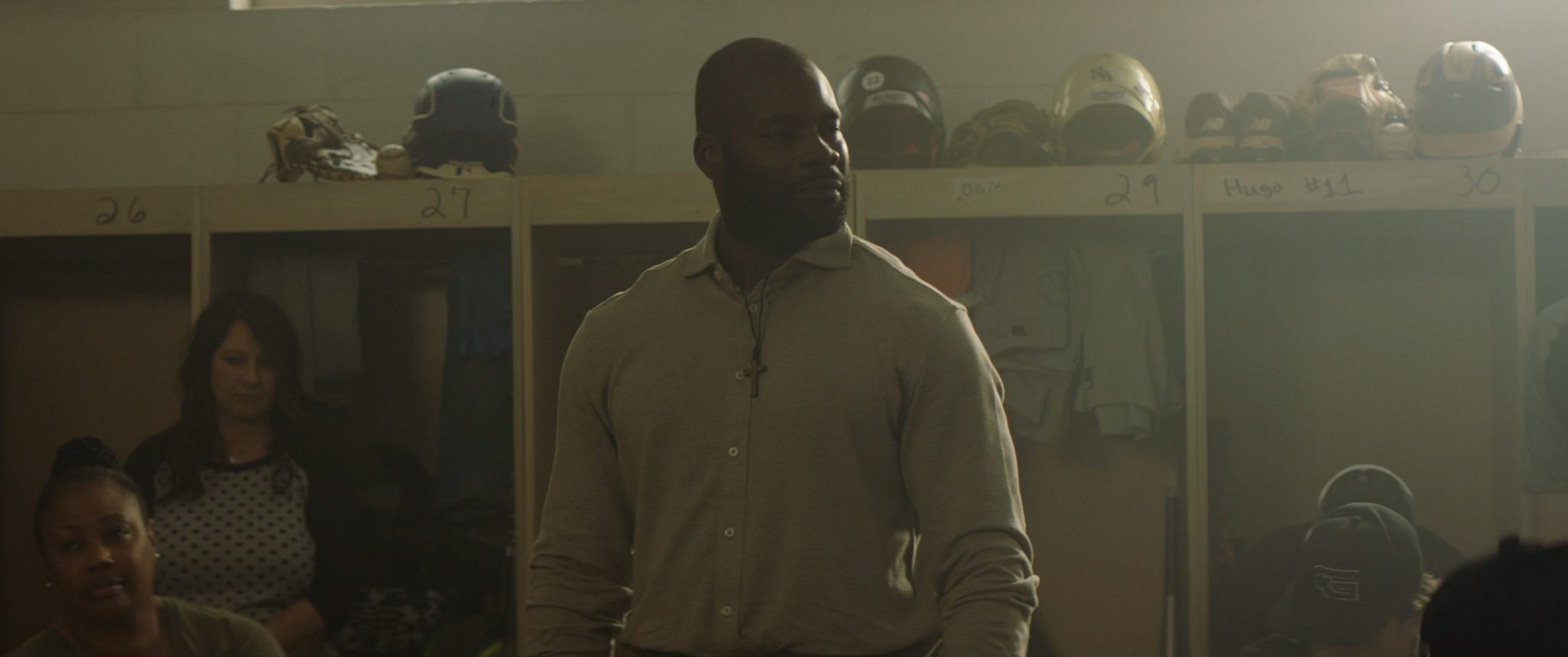“We will not ask for freedom. We will not wait for freedom to be handed to us. We will take freedom!?
As one might expect from the title, Antoine Fuqua?s Emancipation is a story of freedom. The true story the film is based on involves a photo known as ?Whipped Peter? (the man?s actual name was Gordon), which became an icon of antislavery fervor during the Civil War. The photo shows a man with severe scarring from the punishment he endured. But the man in the photo also went on to fight in the war to free others.
The film is the story of Peter (Will Smith) who is torn away from his family and forced to help the Confederate Army build a railroad. The first quarter of the film details the severe conditions the enslaved workers dealt with. This was a time and place where black lives truly did not matter (at least to the white people involved). Some of the men were worked to death. Others were killed out of savagery, perhaps even sadism.
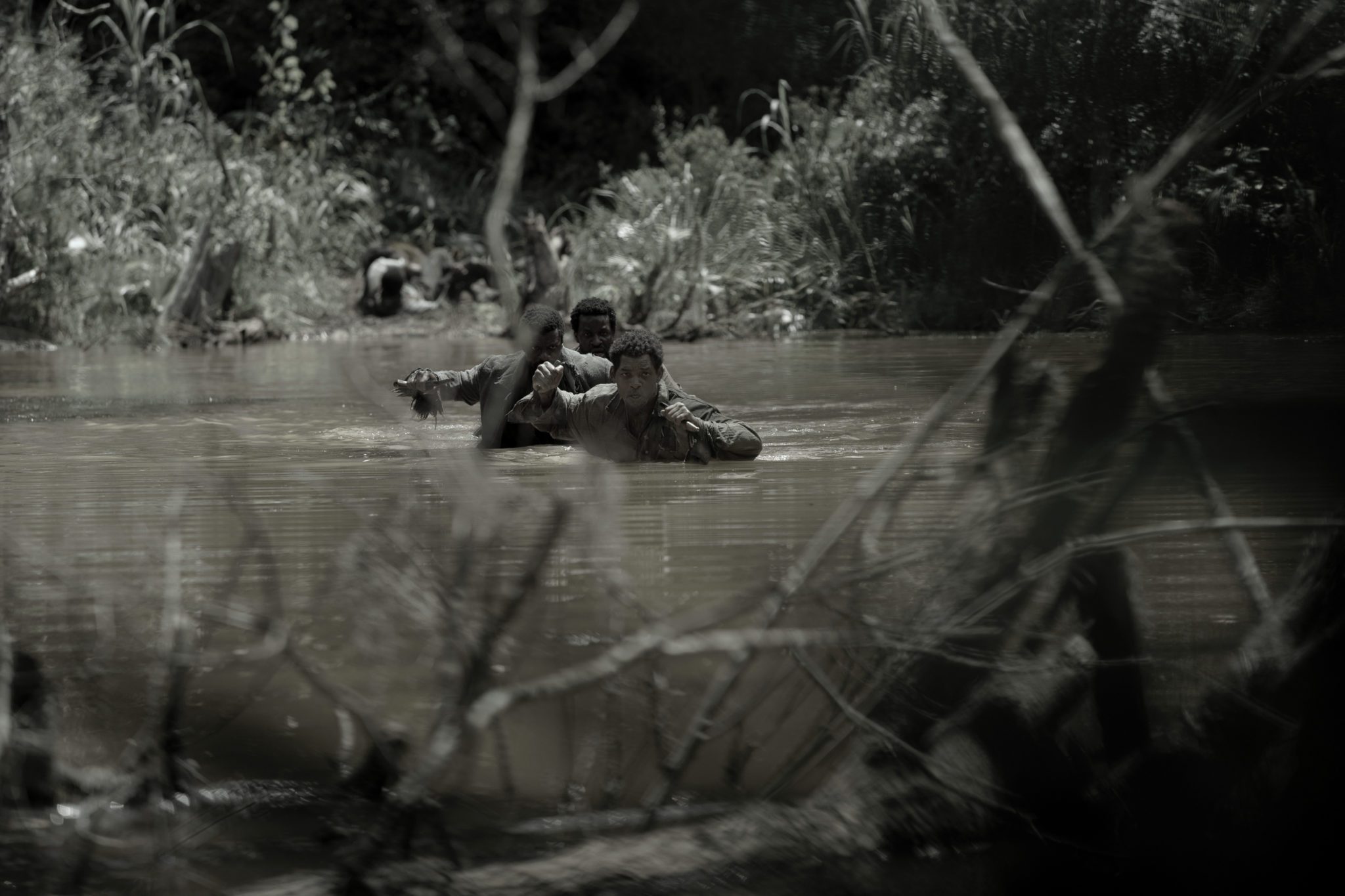
The middle half of the film begins when Peter and a few others escape the camp. Their goal is to reach the Union army in Baton Rouge, because they have heard that Lincoln has freed slaves. They just need to reach the Union forces to achieve that. But Baton Rouge is several days away through swamps. Peter must survive the dangers of the swamp (alligators, snakes, flies) and avoid Fassel (Ben Foster) and his crew of bounty hunters (and dogs) who are determined to bring him (or at least his head) back to the camp.
The final section of the film is after Peter reaches the Army. (At this point, the famous picture is taken.) He hardly finds emancipation. Instead, the only options for him are to work on the farm or joining the army. When the time comes, the black soldiers are sent in first as more expendable. Peter shows his innate leadership and grit. In time, the army will continue to other areas and bring freedom to the enslaved at the plantations?including the one where he left his family.

One of the key qualities the script gives to Peter is faith. We first see Peter in his cabin with his family. They are gathered as he washes his wife?s feet and quotes bits of Psalms about God?s goodness and protection. When he arrives at the camp, even in the midst of the savagery, he claims that God is with them. Another of the enslaved men seeks to rebut this idea, but Peter holds firm. In battle, his faith continues to support him.
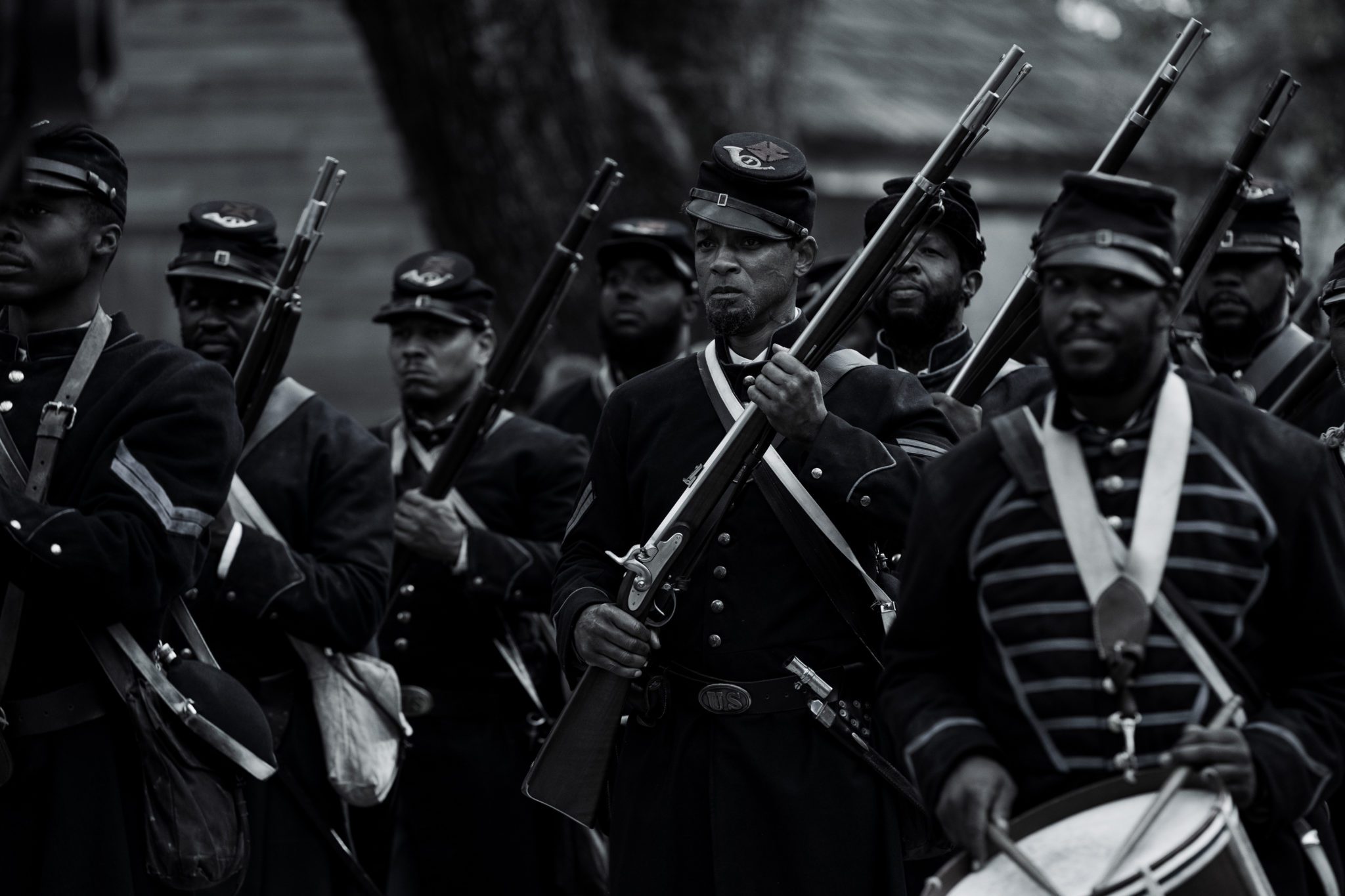
Fuqua and Director of Photography Robert Richardson have created a very drab and gloomy world. The film often seems to be in black and white, but actually, the colors have been desaturated, leaving only glimpses of colors, usually red and a bit of green. This emphasizes the bloodiness of the work camp and the war. It also makes the natural world of the swamp just as threatening as the world of men and their hatred.
The film leads us to consider something of the nature of freedom. The fact that Lincoln signed the Emancipation Proclamation didn?t really free anyone. It could only be effective if the Union won the war. Even when Peter reaches the Union lines, he is still treated as less than a real person. Even though he had reached a place where freedom might be possible, he would never be truly free until he could get back to his family and liberate them as well. Freedom, it seems is not a gift bestowed by a president. In this film, freedom is that which comes from within and requires the strength and struggle to be made a reality.
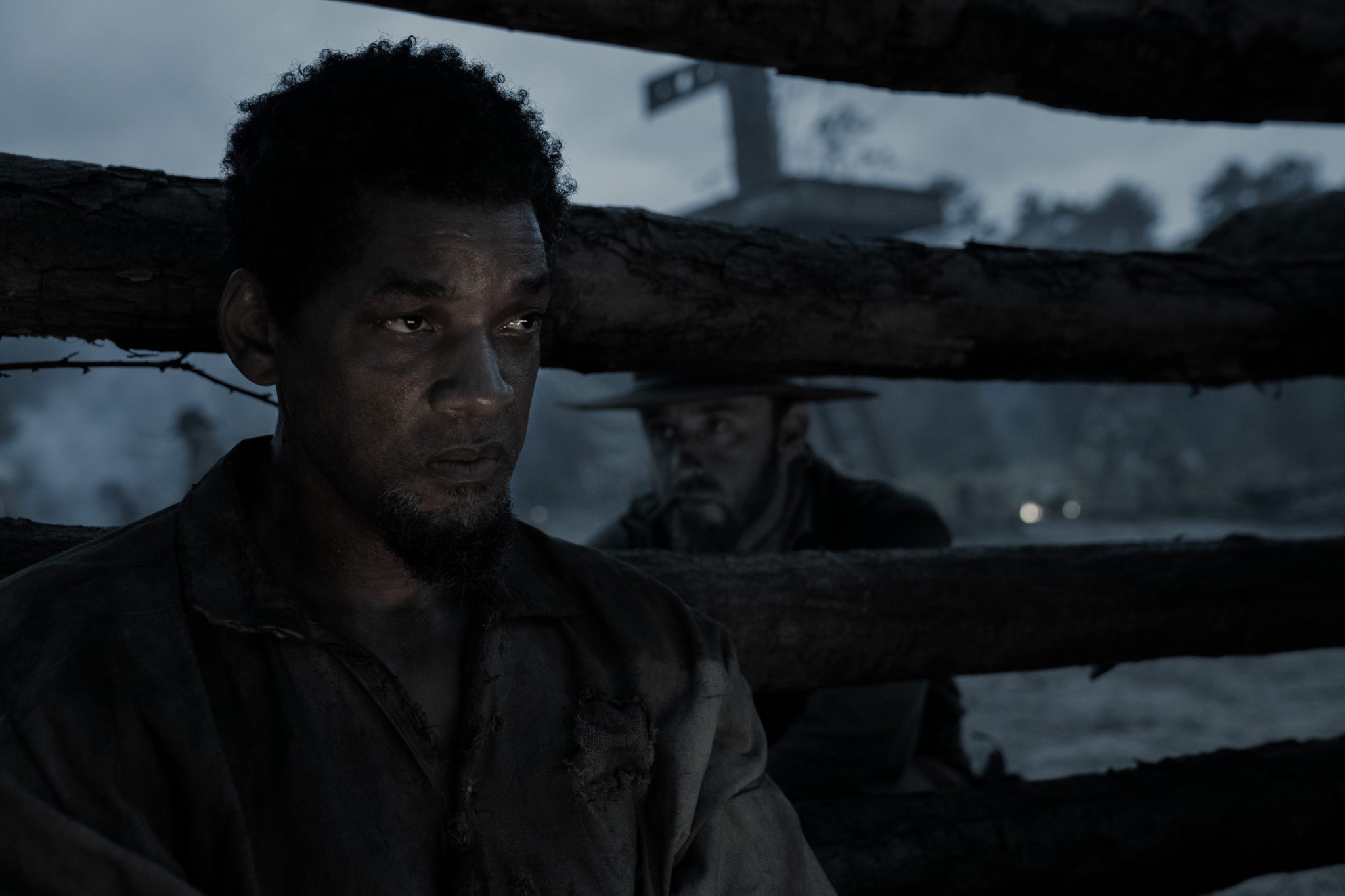
Emancipation is in theaters and streaming on Apple TV+.
Photos courtesy of Apple TV+.


